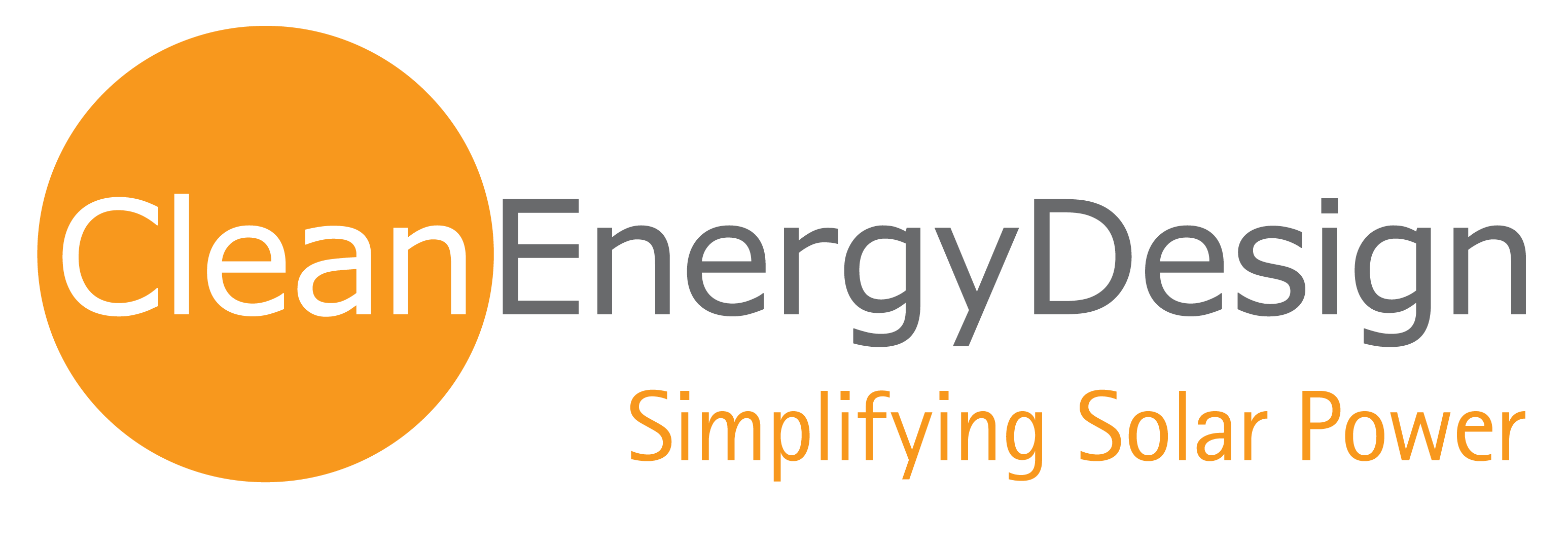If there ever was a perfect time to invest in Solar Panels or Solar Shingles for your business, it is right now before an important 50% bonus depreciation tax incentive may expire at the end of the 2013.
2014 Important Updates to this blog post in bold! The Bonus Depreciation Tax Incentive has expired but there are other programs in place.
There is still the 5 year Modified Accelerated Cost-Recovery System (MACRS) information which I have bolded below. Businesses can get a substantial tax deduction if they purchase a system. Also, currently there is a 30% investment tax credit (also highlighted below) but that is expected to be reduced to 10% by 2017. Another reason to act now! Please refer to our Incentives page for up-to-date information.
Every business owner knows that under the federal Modified Accelerated Cost-Recovery System (MACRS), businesses may recover investments for certain property through depreciation deductions. Many still do not realize, though much of the legislation has been in place since 1986, is that most renewable energy technologies are classified as 5-year properties and are treated just like new manufacturing equipment is as far as tax depreciation goes.
Additionally, an important incentive for accelerating payback for commercial solar electric (PV), solar hot water and wind systems, is that federal legislation in 2008, ensured that an additional first year bonus depreciation could be taken on renewable energy “properties” placed in service between 2008 and 2013. The current allowable bonus deduction is 50% of the eligible basis which has now been extended to the end of 2013.
Also available for these investments is a 30% investment tax credit that applies to the complete installed cost of the system; which is able to be carried forward until 2016. This is what is often referred to as the “energy investment tax credit”.
These significant tax incentives in addition to other incentive programs create a very attractive environment and rapid payback for businesses who are considering investing in renewable energy, particularly for affordable solar power systems.
Payback: The average payback for a company investing in commercial PV & Thermal systems that we install in Massachusetts is about 4-8 years. The useful life expectancy of a system is at least 30 years or more. Commercial rebates, provided by the state up to ($2250 for PV and 25% system costs or $50,000 for solar hot water systems). These rebates contribute to reducing your return on the investment.
For solar photovoltaic systems there is also a power production incentive. Immediately after your solar electric system starts producing power, you can actually expect to earn money each quarter by selling Solar Renewable Energy Certificates (SRECs) to utility companies based on the quantity of energy produced by your system.
What are SRECS? In 2008, the Green Communities Act in Massachusetts’s required that by 2020, suppliers must include 15% renewables in the electricity it sells. Many states now have similar legislation. In order to meet that tall order, electricity suppliers are now allowed to buy energy credits from any residence or business who has installed a solar electric system. This ability to sell SRECs naturally reduces the number of years it takes you to recoup your investment substantially.
Commercial (and residential) electric customers are also eligible to take advantage of something called Net Metering in the vast majority of states now. That means that if you generate more power than you can use with your system, your utility company must credit you for that power and in Massachusetts that credit can be carried against future energy bills indefinitely. You may even allocate the power to another site. This is particularly handy when your company is powering more than one building or site.
Over the past few years, lower cost/higher efficiency panels, substantial tax incentives and the presence of SRECs have created a whole new level of affordability for renewable energy sources. This just happens to be one of those times when the strong possibility of a negative change in government tax incentives at the end of 2013 should remind business owners to invest in solar energy now instead of waiting until 2014.
(For more specific information and links please refer to the Database of State Incentives for Renewable Energy, www.dsireusa.org. )
